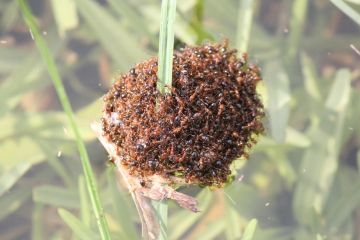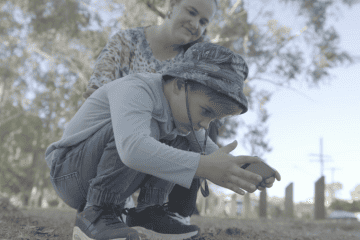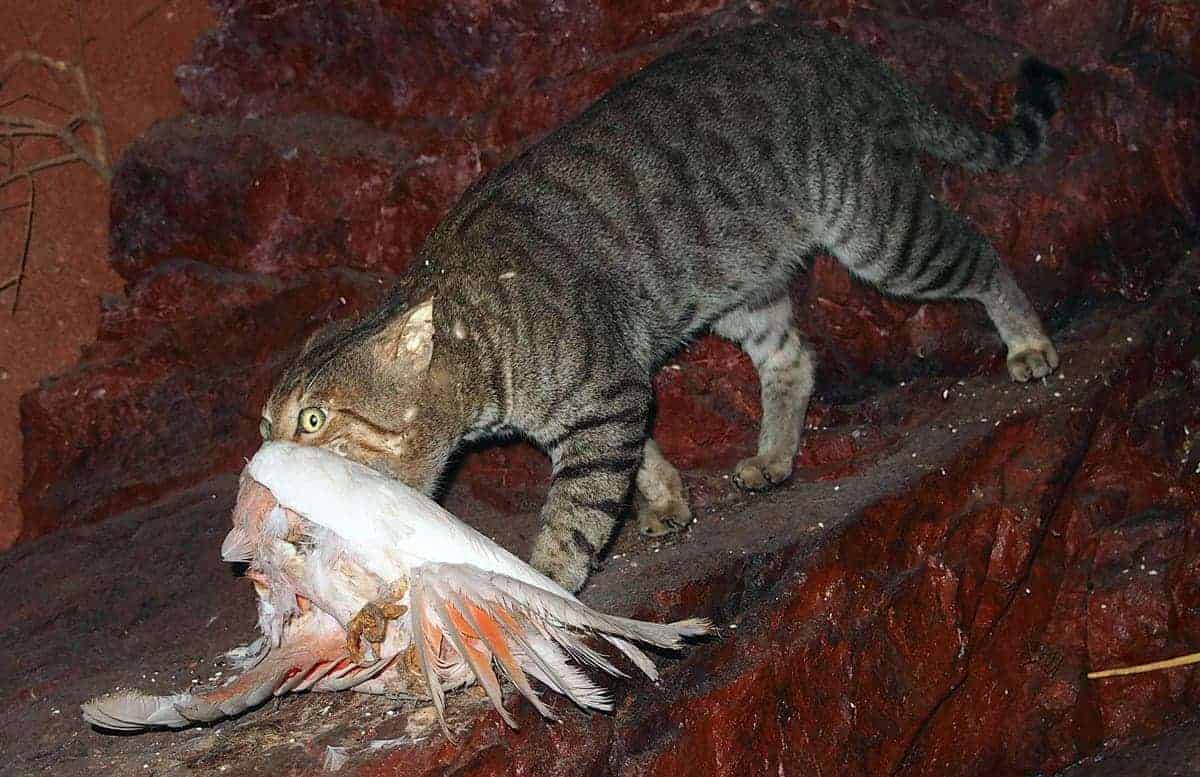The Invasive Species Council is calling on the next Queensland Government to make the expansion of the free fire ant bait program a top priority in its first 100 days, as critical areas remain exposed.
This comes off the back of declarations from both the Premier and the Opposition Leader that fire ants are a priority issue, following recent media coverage as the election campaign kicked off on Monday.
‘We welcome both political leaders signaling support for increasing fire ant eradication efforts but this needs to be more than just words,’ Invasive Species Council Advocacy Manager Reece Pianta said.
‘While residents in Brisbane, Ipswich, Logan and the Gold Coast currently receive free fire ant treatment kits, crucial Council areas of Moreton Bay, Redlands, Somerset and Scenic Rim have been left unprotected. This must be extended as a priority.
‘The government’s own maps say fire ants have been found in state electorates like Redlands and Pine Rivers, yet those communities don’t have access to free bait kits. That’s a recipe for a significant density increase.
‘Fire ants are one of the most destructive pests on the planet. Their stings can harm and kill humans, wildlife and pets, will cost Australia over $2 billion per year and could slash agricultural output by up to 40%.
‘Queenslanders are already living with the growing threat of fire ants and while the government’s efforts so far have been welcome, they simply aren’t enough to meet the scale of the problem.
‘Without ongoing support and resources, we could lose the war against fire ants and the impact will be devasting not only to our environment and economy but to our health and way of life. This isn’t just about Queensland, it puts the entire continent at risk.
‘Fire ants are a Queensland emergency and must be a first 100 day priority for the next government.’
In a letter addressed to both the Premier and the Opposition Leader, the Invasive Species Council has outlined critical priorities for the new government’s first 100 days:
- Expanding the free fire ant treatment kit program to residents in Moreton Bay, Redlands, Somerset, and Scenic Rim – $1.5 million per year over four years.
- Providing additional staff and resources to local councils in high-risk zones (Moreton Bay, Brisbane, Redlands, Ipswich, Logan, Gold Coast, Somerset, and Scenic Rim) – $2.4 million per year over four years.
- Employing 12 extra suppression task force members to expand treatment on large properties – $4.5 million over two years.
- Launching a targeted awareness campaign in collaboration with industry on the movement of high-risk materials that spread fire ants – $2.5 million.
- Scaling up public engagement and communication efforts to maintain support for the eradication program – $2.5 million.
In addition, the Invasive Species Council is calling for a review of the current eradication funding, which is set to expire in 2027. This includes the creation of a stand-alone fire ant response authority to oversee the program and ensure it has adequate long-term funding.
Media Inquiries: (02) 8006 5004
Images, maps and other fire ant multimedia to accompany this story are available here.
Background:
- Queensland Premier Steven Miles told Channel 9 on Monday October 1: ‘It’s in all of the government’s interests to contain and eradicate fire ants. Queensland has led that effort and I don’t see us turning our back on it.’
- Queensland LNP Opposition Leader David Crisafulli told Channel 9 on Monday October 1: ‘They are marching at record levels and at record pace and what’s happening at the moment isn’t working. We have to make sure we treat this with the significance it deserves.’
- A recent report, released by the Australia Institute, estimates that, if fire ants are allowed to spread, every year they could cause six deaths, trigger 116,000 medical visits. Households could be hit with an annual bill of $188 million, if they are not eradicated.
- Fire ants can be lethal to humans, are expected to have a $2 billion per year impact on Australia’s economy if they get out of control, will devastate wildlife, cut agricultural output by up to 40% and may cause over one hundred thousand extra medical appointments each year.
- A study of fire ant’s likely impact on 123 species in South East Queensland predicted population declines in about 45% of birds, 38% of mammals, 69% of reptiles, and 95% of frogs.
- Fire ants can form rafts during flood events, stowaway in freight or soil or spread by Queen ant flights of around 5 km.
- Fire ants have been successfully eradicated in Sydney, Fremantle, Gladston and contained to south east Queensland. Outbreaks in NSW, Toowoomba and the Sunshine Coast prove that eradication is the only permanent solution.
- A comprehensive government study from 2021 found that between $200 and $300 million annually would be required over the next 10 years or Australia would face at least a $2 billion cost per year from fire ants forever.
- Despite this only $133 million was provided for fire ant eradication last financial year.
- Fire ant eradication is being led by the Queensland government but is funded by all Australian governments because fire ants are a threat to the whole country.
- Fire ants came into Australia in the late 90s in freight from the United States, they were found in 2001. Fire ants are originally from South America.
- Fire ants have spread across most of the southern United States, and are spreading in China at a rate of about 80 km per year.
- Almost all of Australia is climatically suitable for fire ants.









